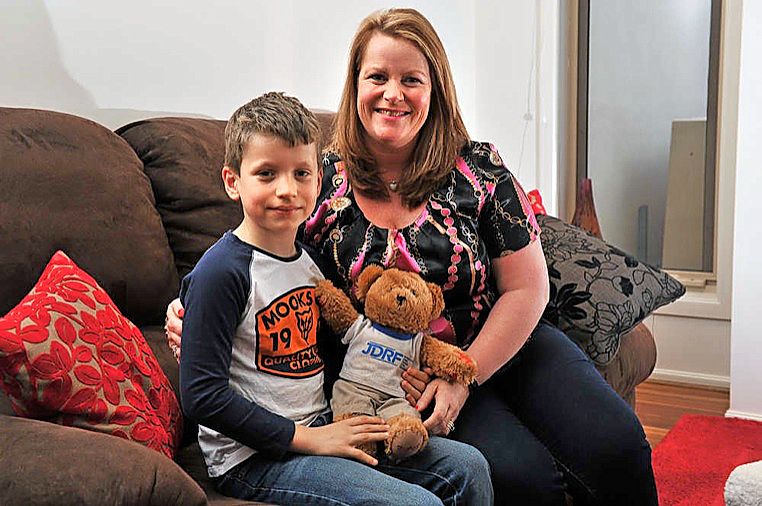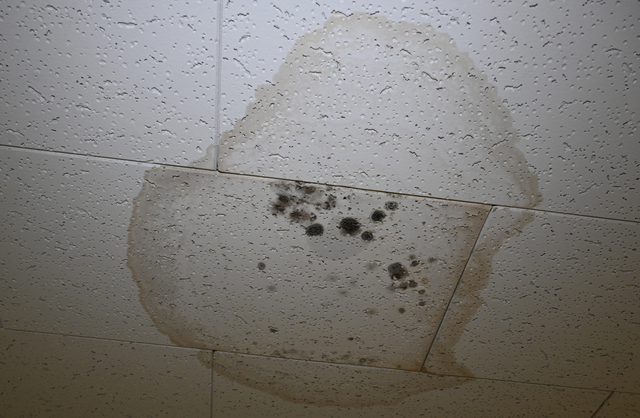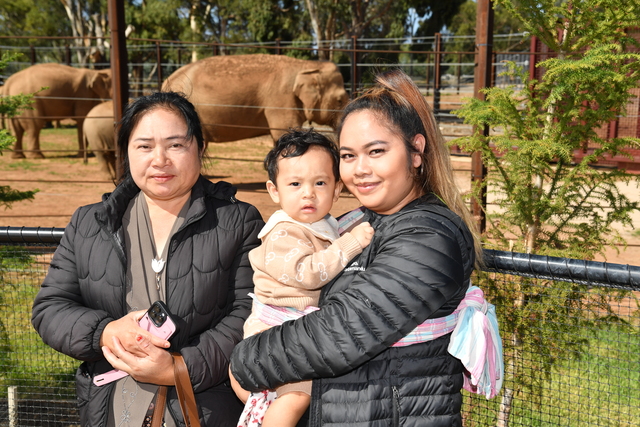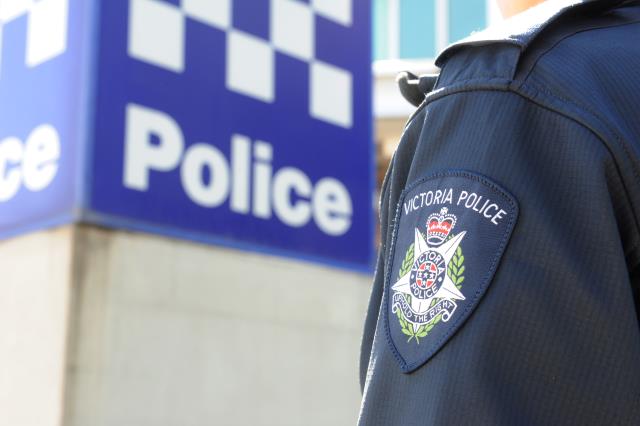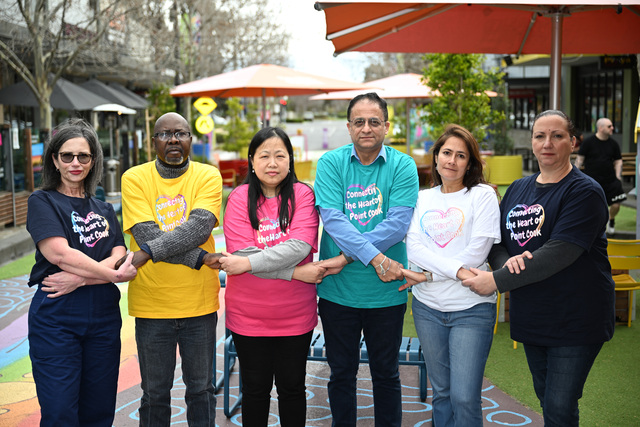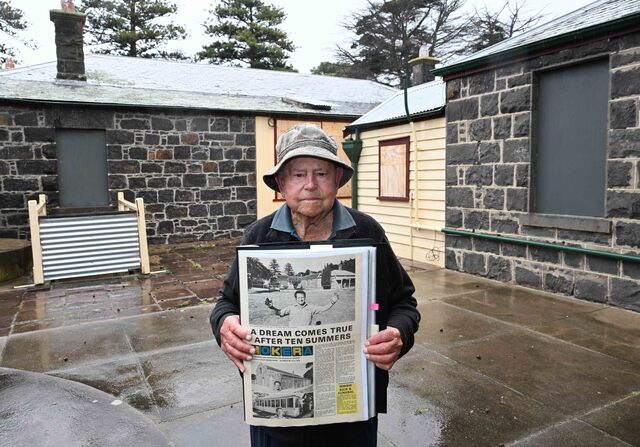Most kids would do anything to get a big-screen TV put into their playroom. So when Jake Hardy got upset at the news he’d be getting the TV, mum Jacqui knew something was wrong.
Jake, then seven, had also started to become very thirsty and was going to the bathroom more often. When he became irrationally upset at the installation of a new TV, his mother, a type 1 diabetic, recognised the behaviour as a symptom of diabetes.
Ms Hardy tested Jake’s blood-sugar levels and found that his were at 30. They should have been between four and eight.
She took him to the Royal Children’s Hospital, where he, too, was diagnosed with type 1 diabetes.
Jake, now eight, has to inject himself with insulin twice daily and in the next few years will, like his mother, get an insulin pump to provide a continuous supply. The grade 3 Alamanda College student recently attended a Diabetes Victoria family camp in Anglesea, and he’s now the proud owner of a Rufus bear given to him by the Juvenile Diabetes Research Foundation to help identify the places on his body where he can safely inject.
Ms Hardy, who was diagnosed 15 years ago, said many people were confused about the differences between types 1 and 2 diabetes. She said 80 per cent of children diagnosed with type 1 had no family history of the condition.
“Anybody can get type 1; it’s through no fault of your own,” she said.
“Type 2 can be due to heredity or poor diet or lifestyle. Your body isn’t able to produce the amount of insulin you need, but if you change your lifestyle you can reverse that.”
This week is National Diabetes Week.

